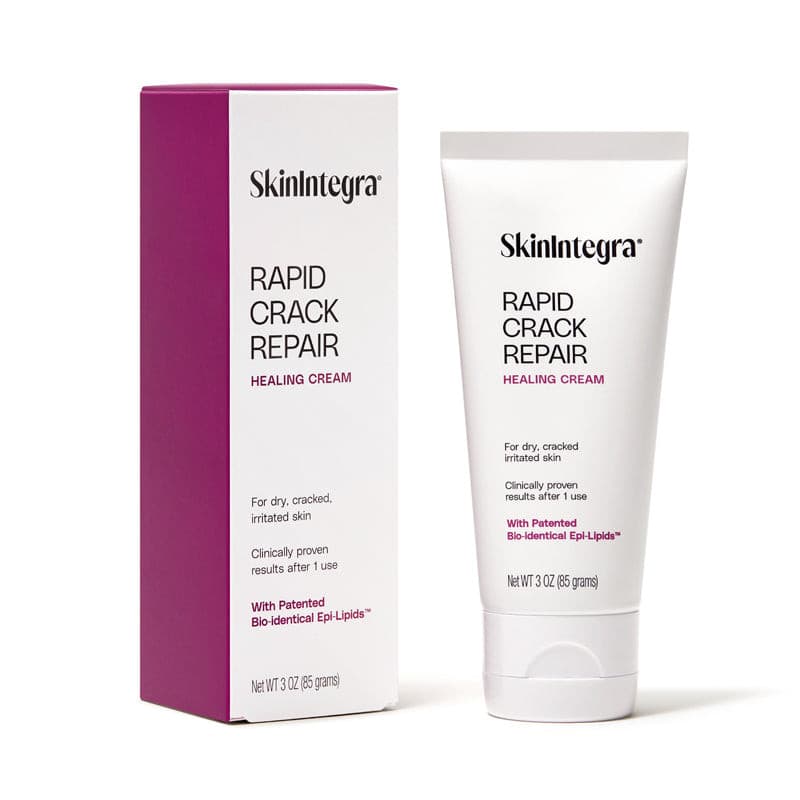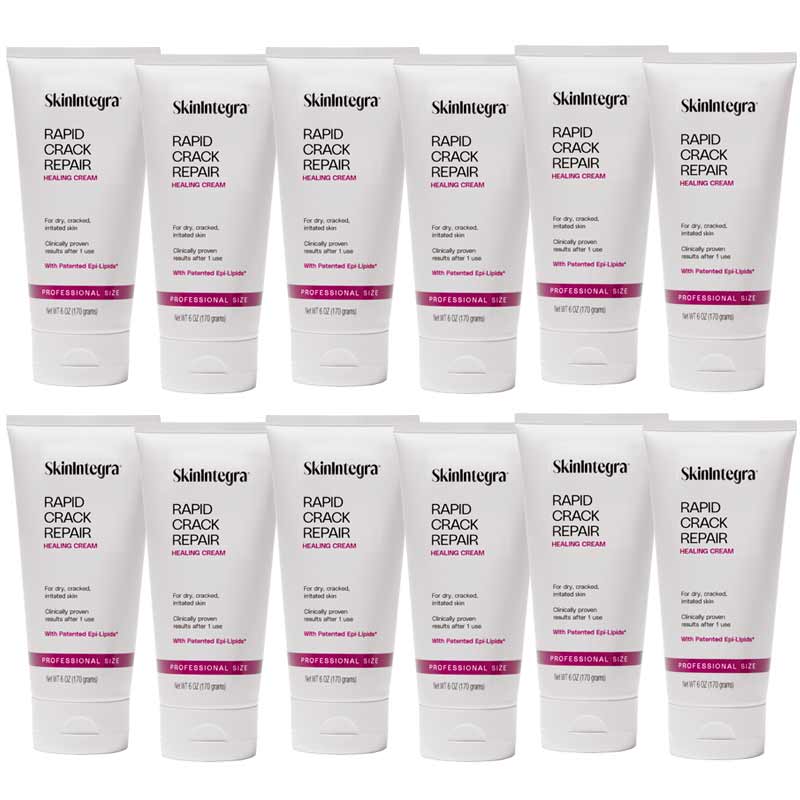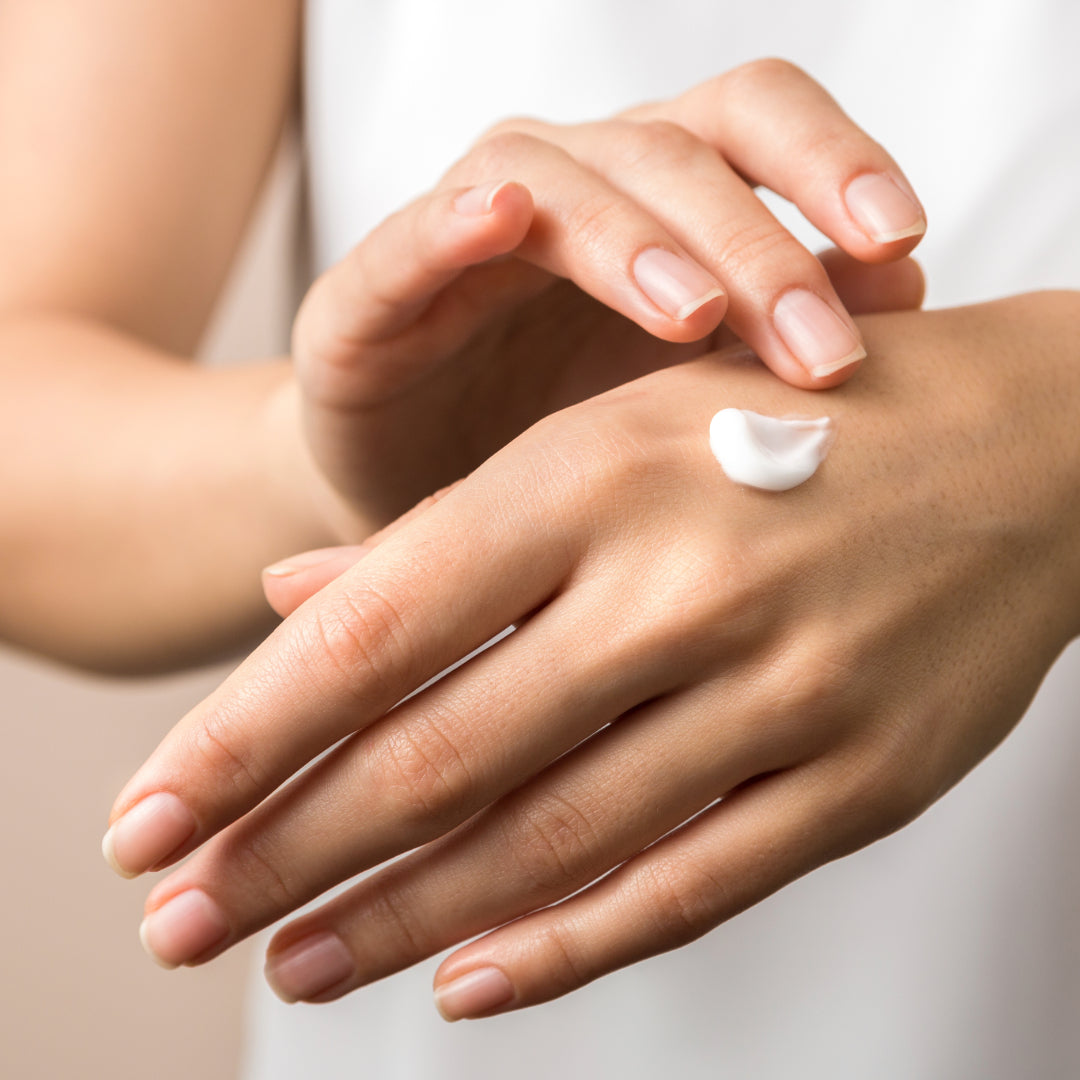Are your fingertips feeling rough and cracked? Don't worry, you're not alone. Dry and cracked fingertips is a common condition that can be caused by a variety of factors. In this article, we will explore the causes, symptoms, and effective treatments for cracked fingertips skin.
Cracked fingertips skin can occur due to dryness, cold weather, excessive hand washing, or exposure to harmful chemicals. It can also be a symptom of certain underlying medical conditions, such as eczema or psoriasis. The condition can cause discomfort, pain, and even bleeding in severe cases.
Symptoms of cracked fingertips skin include dryness, peeling, redness, and small cracks or fissures on the skin. If left untreated, these cracks can become deeper and more painful.

The good news is that there are effective treatments available for cracked fingertips skin. Moisturizing the skin regularly, protecting your hands from harsh chemicals, and avoiding excessive hand washing can help alleviate the symptoms. Additionally, using emollient creams or ointments can provide relief and help heal the cracked skin.
In this article, we will delve deeper into the causes, symptoms, and effective treatments for cracked fingertips skin, so you can find the solution that works best for you.
What causes cracked fingertips skin?
Cracked skin on fingers can occur due to several reasons. One of the main causes is dryness. When the skin on your fingertips lacks moisture, it becomes prone to cracking. This can happen due to a lack of humidity in the air, especially during the winter months. Cold temperatures can strip the skin of its natural oils, leading to dryness and cracking.
Another common cause is prolonged exposure to harsh chemicals, such as cleaning products or solvents, which can also contribute to the problem.
Cracked fingertips can also be a symptom of underlying medical conditions. Conditions such as eczema, psoriasis, or fungal infections such as Athlete’s foot can manifest in the form of cracked skin on the fingers. Additionally, diabetic neuropathy, a condition associated with diabetes, can lead to nerve damage that affects the skin's ability to stay moisturized while contact dermatitis can lead to cracked fingertips when the skin reacts or allergens. Recognizing these medical causes is crucial for effective diagnosis and treatment.
Common symptoms of cracked fingertips skin
Identifying the symptoms of cracked fingertips skin is crucial for timely treatment. The most common symptom is dryness. The skin on your fingertips may feel rough, tight, and dehydrated. You may also experience peeling, itching or flaking of the skin.
Another telltale sign is redness and inflammation in fingers. The skin around your fingertips may appear inflamed and irritated. Small cracks or fissures may be visible, especially when the condition is more severe. These cracks can be painful and may even bleed.
If left untreated, the symptoms of cracked fingertips skin can worsen. The cracks can become deeper and more painful, making it difficult to perform everyday tasks. It's important to address the issue as soon as possible to prevent further discomfort.
Understanding the importance of healthy skin on fingertips
Having healthy skin on your fingertips is essential for various reasons. Firstly, healthy skin provides a protective barrier against harmful bacteria and viruses. Cracked fingertips skin compromises this barrier, increasing the risk of infections.
Additionally, healthy skin on your fingertips allows for better tactile sensation and dexterity. It enables you to perform delicate tasks with precision and ease. Cracked skin can limit your ability to use your hands effectively, affecting your daily activities.
Furthermore, healthy skin on your fingertips contributes to your overall appearance and self-confidence. Cracked and unsightly skin can be a source of embarrassment and discomfort. Restoring the health of your fingertips' skin can help improve your overall well-being.
Effective treatments for cracked fingertips
The good news is that there are effective treatments available to alleviate and heal cracked fingertips skin. These treatments aim to cleanse gently, moisturize the skin, protect it from further damage, and promote healing.
Moisturizing and nourishing the skin on fingertips
Cracked fingertips skin can occur due to dryness, cold weather, excessive hand washing, or exposure to harmful chemicals. When the skin on your fingertips lacks moisture, it becomes dry and prone to cracking. This can be especially common during the winter months, when the air is dry and cold.
To prevent cracked fingertips, it's important to moisturize and nourish the skin on your fingertips regularly. Look for a moisturizer that is specifically formulated for dry and cracked skin. These moisturizers often contain ingredients like shea butter, glycerin, or hyaluronic acid, which help to hydrate and repair the skin.
When applying moisturizer to your fingertips, make sure to massage it in gently, focusing on the cracked areas. This will help to improve blood circulation and promote healing. For best results, apply moisturizer at least twice a day, and more frequently if needed. Additionally, consider wearing gloves or mittens during cold weather to protect your fingertips from further dryness and cracking.
It's also important to drink plenty of water to keep your body hydrated from the inside out. Hydrated skin is less prone to cracking and can help prevent further damage to your fingertips. Incorporating foods rich in omega-3 fatty acids, such as salmon, walnuts, and flaxseeds, into your diet can also help nourish your skin and promote healing.
A Rapid Moisturizing Cream for restoring bleeding cracked fingertips skin
Healing cracked fingertips requires the use of specific skin care products that focus on moisturization, repair, and protection. When choosing products, it is essential to opt for those designed to address the unique needs of cracked and damaged skin.
SkinIntegra’s Rapid Crack Repair Cream is a novel repair moisturizer that was specifically formulated to help restore cracked hands and feet in individuals with compromised skin such as people with diabetes. Its patented composition is the result of research into all the components of a healthy skin barrier. For that reason, it includes the essential moisturizing and lipid ingredients naturally found in a healthy skin barrier such as urea, lactic acid, hyaluronic acid for moisturizers and essential fatty acids, natural oils and ceramides for lipids.
Rapid Crack Repair Cream is free of common skin irritants which can cause a reaction and slow the natural healing process in cracked skin such as fragrances, dyes, parabens and other harsh preservatives, petroleum-based ingredients, and phthalates.

Protecting the skin on fingertips from further damage
In addition to moisturizing, it's crucial to protect the skin on your fingertips from further damage. One of the main culprits of cracked fingertips skin is excessive hand washing. While proper hand hygiene is important, overwashing can strip the skin of its natural oils, leading to dryness and cracking.
To protect your fingertips, avoid using harsh soaps or hand sanitizers that contain alcohol. Instead, opt for gentle, moisturizing soaps that are specifically formulated for sensitive skin. After washing your hands, pat them dry with a soft towel instead of rubbing, as rubbing can further irritate the skin.
Another way to protect your fingertips is to wear gloves when performing tasks that involve exposure to chemicals or harsh substances. This includes cleaning with household cleaners, doing dishes, or gardening. Gloves act as a barrier and help prevent these substances from coming into direct contact with your skin, reducing the risk of dryness and cracking.
Additionally, avoid using your fingertips to perform tasks that may cause further damage, such as opening cans or bottles without a tool. Instead, use the appropriate tools or utensils to minimize stress on your fingertips. This will help prevent further cracking and promote healing.
Home remedies for cracked fingertips skin
While moisturizing and protecting your fingertips are crucial, there are also several home remedies that can help alleviate the symptoms of cracked fingertips skin. These remedies are often natural and easy to incorporate into your daily routine.
One popular home remedy is to soak your fingertips in warm water mixed with a few drops of olive oil or coconut oil. This can help hydrate and soften the skin, making it easier for moisturizers to penetrate and heal the cracks. After soaking, pat your fingertips dry and apply a thick layer of moisturizer to lock in the moisture.
You can also try using natural oils, such as almond oil, jojoba oil, or vitamin E oil, to massage your fingertips. These oils are rich in nutrients and can help nourish the skin, improving its overall health and reducing the risk of cracking.
Over-the-counter treatments for cracked fingertips skin
A topical hydrocortisone cream might be a good option for cracked fingertips with red patches or itching. Consult a healthcare professional before using a topical hydrocortisone cream. If there is a risk of infection in the cracked areas, using an antibacterial or antifungal cream may be necessary. Consult a healthcare professional for guidance on suitable options.
When to seek medical attention for cracked fingertips skin
In most cases, cracked fingertips skin can be effectively managed with moisturizers, protective measures, and home remedies. However, there are certain situations where it's important to seek medical attention.
If you experience persistent or severe symptoms of cracked fingertips, it is advisable to consult a medical professional. Seek medical attention if:
- Cracking is accompanied by signs of infection, such as increased redness, swelling, or pus.
- Cracks are deep and cause persistent pain.
- You have an underlying medical condition like diabetes or eczema that may contribute to cracked fingertips.
- Over-the-counter treatments do not provide relief.
Early consultation can help identify the underlying cause and guide appropriate treatment.
It's especially important to seek medical attention if you have underlying medical conditions, such as diabetes, eczema or psoriasis, that may be contributing to your cracked fingertips skin. These conditions often require specialized treatment to manage symptoms and prevent further complications.
Conclusion
Cracked fingertips skin can be a bothersome and painful condition, but with proper care and treatment, you can find relief. Moisturizing regularly, protecting your fingertips, and incorporating home remedies can help alleviate symptoms and promote healing. If your condition does not improve or worsens, it's important to seek medical attention. By following preventive measures, you can reduce the risk of developing cracked fingertips skin in the future. Remember, healthy and well-nourished fingertips contribute to overall hand health and well-being.





